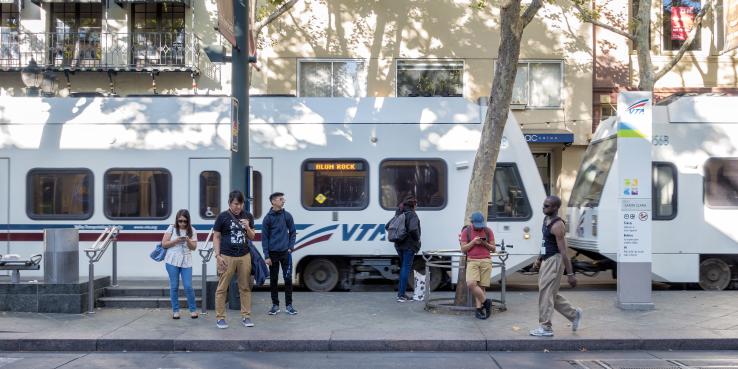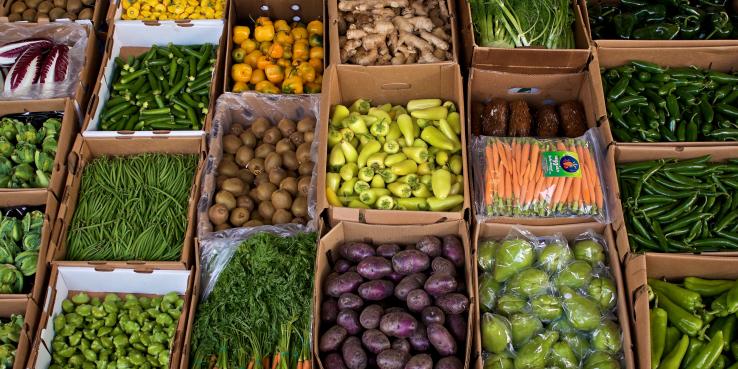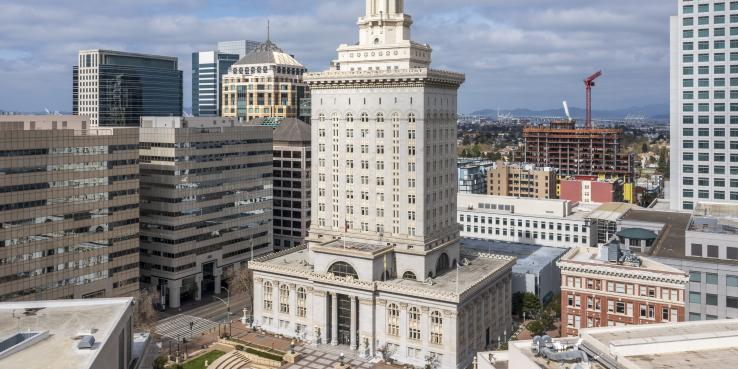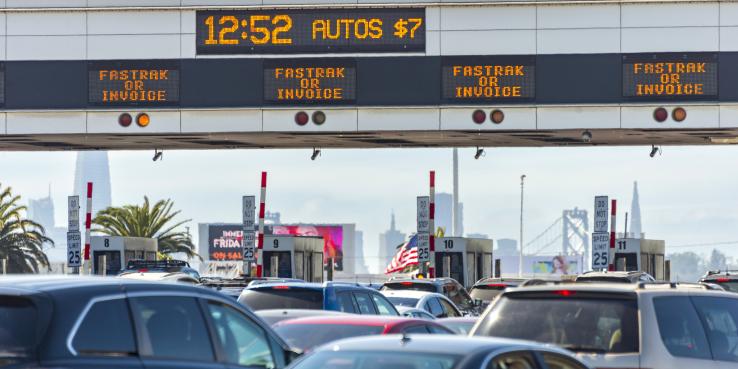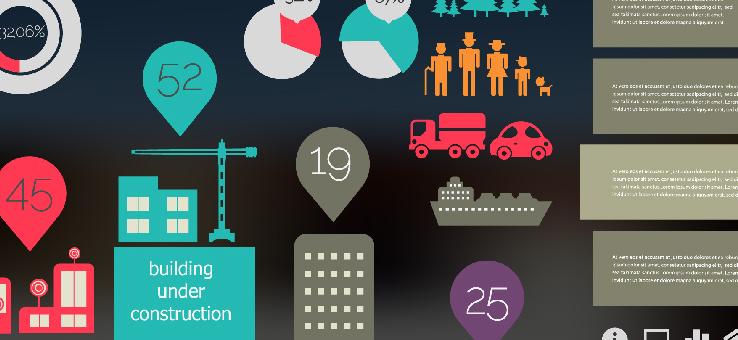
The Bay Area Has Too Little Middle-Income Housing: Q&A With Sarah Karlinsky
News / In a new research paper, Losing Ground: What the Bay Area's Housing Crisis Means for Middle-Income Households and Racial Inequality , SPUR’s senior advisor on housing policy, Sarah Karlinsky, reveals how the high cost of housing is shaping the Bay Area in ways that erode quality of life and erase economic and racial diversity. We spoke with Sarah about the research and its implications.
Losing Ground
Research SPUR’s new research paper, Losing Ground: What the Bay Area’s Housing Crisis Means for Middle-Income Households and Racial Inequality , aims to identify how the Bay Area’s housing market has become shaped by scarcity and wide economic divides not only among income groups but also among races and ethnicities.
Putting an End to Biased Traffic Stops in San Francisco
News / Black and Latinx drivers in San Francisco are pulled over more than other drivers for offenses so minor that citations are often not issued. When these “pretext” stops do result in tickets, the resulting fines can be punitive. Using data-driven decision making, San Francisco has limited eight types of pretext stops that had no effect on road safety and little effect on public safety. SPUR and dozens of other organizations, along with impacted people, helped end this unjust practice.
With Subsidies, Pollution-Preventing Heat Pump Upgrades Can Be Affordable for Low-Income Bay Area Households
News / Next month, Bay Area regulators will vote on a proposal to phase out appliances that emit toxic nitrogen oxide pollution, setting the stage for a transition away from gas appliances. Will the new standard pose a cost burden to low-income families already struggling to make it in the Bay Area? We looked at the numbers and found that the true net cost of replacing end-of-life gas appliances with energy-efficient electric heat pumps will add up to a cost savings.
Op-Ed: How San José’s Elected Leaders Can Plan for Success
News / The success of San José and the well-being of its residents depend on a fully-staffed and functioning planning department that guides how and where San José's community grows and evolves and expedites projects that conform to the City Council-adopted vision. This is how good government works and must be a top priority for our elected leaders.
Op-Ed: Earthquakes in Turkey and Syria Are a Wake-Up for California. We're Not Prepared for the Big One.
News / The devastating earthquakes that shook Turkey and Syria last Monday have taken the lives of over 23,000 people . Such a staggering death toll is hard to wrap the mind around and may seem like an impossibility here in California. Yet, the reality is that a similar magnitude earthquake near Los Angeles or San Francisco could lead to thousands of residents injured or killed and many more displaced, temporarily or permanently, from their damaged or destroyed homes.
Op-Ed: How California Can Build Sustainable Public Transportation
News / Over 40% of California’s greenhouse gas emissions come from the transportation sector, mostly from people driving alone. Our roads, planet and health can’t take much more. As our population continues to grow, we need to create more sustainable ways to get around.
Op-Ed: Fake Environmental Reviews are Killing Good Housing Projects. Here’s What California Can Do About it.
News / California needs a lot more housing in its temperate cities. Enough to bring down rents, to house the homeless and to accommodate the climate refugees of the future — people who will have been driven from their homes by wildfire, flooding or intolerable heat. This means neighborhoods have to change, too. Not drastically or overnight, but persistently: more duplexes and fourplex intermixed with single-family homes, more apartments in commercial corridors and larger buildings in high-demand locations near transit.
Taking a Big Step Toward a More Coordinated Transit Network in the Bay Area
News / The Metropolitan Transportation Commission and Bay Area transit agencies are on the cusp of establishing the region’s first network manager. What does this development mean for regional transit and what happens next? SPUR has three ideas for getting the new organization off to a good start.
What It Will Take to Make the Howard Terminal Ballpark Project a Home Run for Oakland
News / The Howard Terminal Ballpark Project represents a once-in-a-generation opportunity for the City of Oakland. In addition to keeping the A’s from moving, it could help the city realize benefits ranging from well-paying jobs and affordable housing to infrastructure and environmental improvements. But if not well-managed, the project could displace residents in adjacent West Oakland and Chinatown and create congestion, safety risks, and potential disruptions for the Port of Oakland. SPUR is advocating for ways to ensure the project reaches its potential.
To Learn and Serve: An Exit Interview With Departing MTC Director Therese McMillan
News / At the end of January, Therese McMillan, the executive director of the Metropolitan Transportation Commission and the Association of Bay Area Governments, will retire after a three-decade career in transportation planning. SPUR President and CEO Alicia John-Baptiste spoke with her about how the agencies have evolved over time, what she learned working at the federal level, and how she grew into her role as a leader in transportation equity.
Why San José Should Make Guadalupe River Park a Focal Point of Its Downtown Economic Development
News / Well-designed, well-maintained, and well-programmed parks and open spaces are important components of cities’ equitable economic development strategies thanks to their social, environmental, and community-building benefits. Revitalizing Guadalupe River Park and Gardens could help San José achieve its goals as it pursues economic development downtown. Along with SPUR research, responses to a SPUR survey in an online exhibition suggest how stakeholders can positively re-shape the spatial dynamic between community and ecology as well as center equity and inclusion in the park’s reactivation.
Earthquake Resilience Planning Means Bringing the Needs of the Most Vulnerable into Focus
News / Historical inequities have left many low-income communities of color and other vulnerable populations without access to the resources they need to adapt in the face of a major earthquake in the Bay Area. In addition, many of the region’s vulnerable residents live in high liquefaction zones and aging apartment buildings that do not meet seismic codes. Building retrofits are only part of the solution, as a look at Oakland’s earthquake resilience challenges reveals. If the Bay Area wants to substantially reduce post-earthquake impacts on the region’s most at-risk residents, policy makers must plan for equity-centered mitigation and recovery efforts. SPUR is on the case.
How Are Oakland and San Francisco Spending Their Soda Tax Revenues?
News / Each year SPUR tracks how Oakland and San Francisco allocate the revenues from soda taxes, which are meant to reduce the harms of soda consumption. Specifically, we’ve looked at how well each city’s budget reflects equity-focused recommendations aimed at keeping the spending aligned with the taxes’ stated purpose. This year, we added a new dimension to our analysis by asking whether the two taxes reflect key principles of good government. We found that their implementation could be more transparent and efficient.
2022 Election Delivers Mixed Results for SPUR Priorities
News / SPUR developed several ballot measures during the latest election cycle, and its research heavily influenced a handful of others. Bay Area voters considered measures on streamlining housing approvals, continuing pandemic-era slow streets programs, enacting good government reforms and funding programs to address air quality and climate change. While we didn’t win ’em all, we’re pleased to see a number of SPUR’s ideas gaining traction around the region.
Flexible Work Has Reshaped Downtown San Francisco. How Will the City Embrace the New Normal?
News / Flexible work has decreased the economic activity of downtown San Francisco — and the revenues that pay for public goods and services. Economic recovery will require city leaders to grapple with workplace changes that are likely to endure. But a return to a pre-pandemic downtown is neither realistic nor desirable, given long-standing challenges such as traffic congestion and homelessness. Can downtown build a better “new normal” and forge a reinvention that advances shared prosperity? SPUR is exploring these questions in partnership with civic leaders, local government and the community.
Survey Says Residents Are Lukewarm on San José
News / In partnership with San José State University and with funding from the Knight Foundation, we put forth a series of questions to city residents and SJSU students, faculty and staff. The survey results showed that San José residents are less satisfied with their city compared to residents of other cities across the country. Results like this are a reminder of why SPUR exists, and why our work to advance solutions for a better San José — including affordable housing, high-quality transit and improved access to economic opportunities for all residents — are so important.
Why Food Insecurity Is Still High in California — and What the State Can Do About It
News / With the onset of the COVID-19 pandemic, unemployment and food insecurity greatly increased in California, and enrollment in CalFresh — the state’s Supplemental Nutrition Assistance Program (SNAP) — went up significantly. As need has significantly increased, especially for Black and brown Californians, too many of the state’s residents still don’t have enough to eat. This article looks at ideas to help eliminate hunger in California, including automatic enrollment, targeted outreach, state administration of CalFresh, permanently streamlining enrollment and expanding pilot programs that help low-income Californians afford more fresh foods.
Oakland’s Measure X Puts Forth SPUR Ideas for Government Reform
News / On November 8, Oakland residents will vote on a proposal for city government charter reforms. Measure X will create term limits for City Council members, clarify campaigning protocols for current elected officials and strengthen the role of the city auditor to increase accountability across the city. The measure was authored by Councilmember Dan Kalb, who has said that Measure X is a direct outcome of SPUR’s report Making Government Work , which proposed 10 ways to improve Oakland city governance. While Measure X does not include all of SPUR’s recommendations, it moves the needle on improving governance in the City of Oakland.
SPUR’s Work Inspires Bridge Toll Reform Law, but There’s More to Be Done
News / Last month Governor Newsom signed AB 2594, a bill sponsored by Assemblymember Phil Ting that reforms the way California agencies handle bridge and road tolls. Inspired by SPUR’s report Bridging the Gap , AB 2594 helps modernize the toll system and reduce the harms caused by fines and fees for missing a toll payment. AB 2594 is an important first step in reforming inequitable tolling practices across California, but there’s still more work to be done.
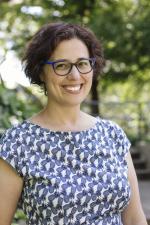
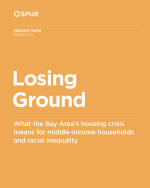


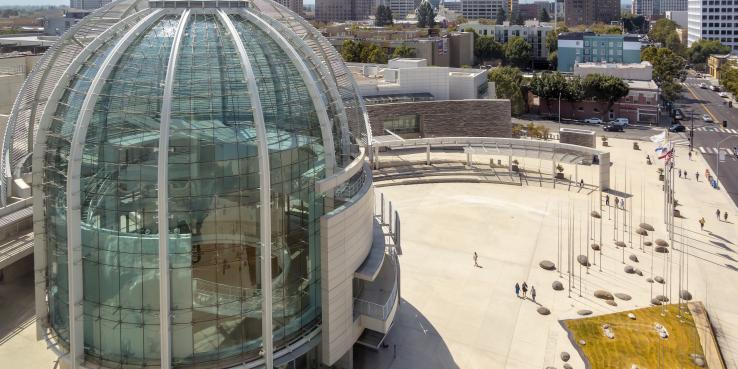
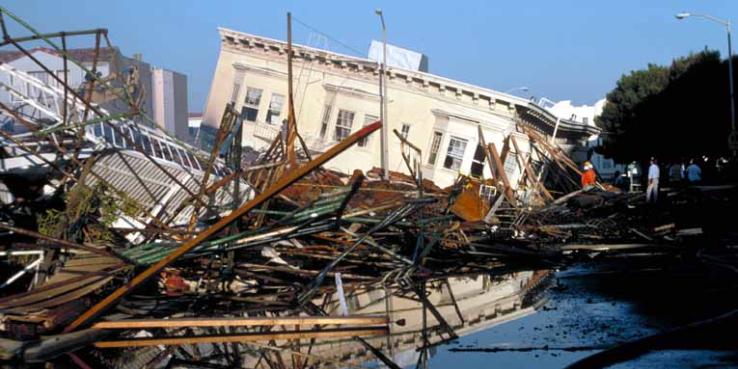
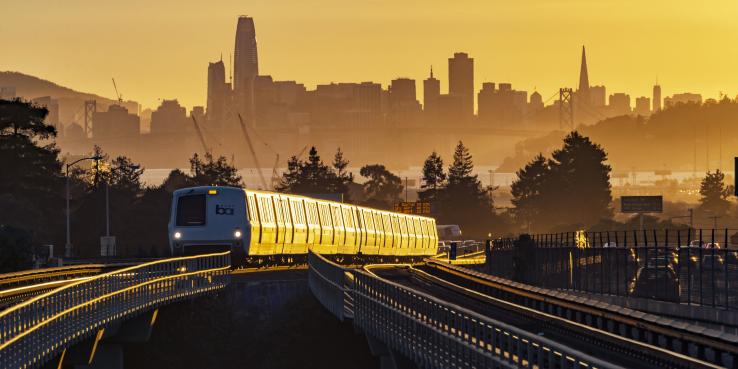
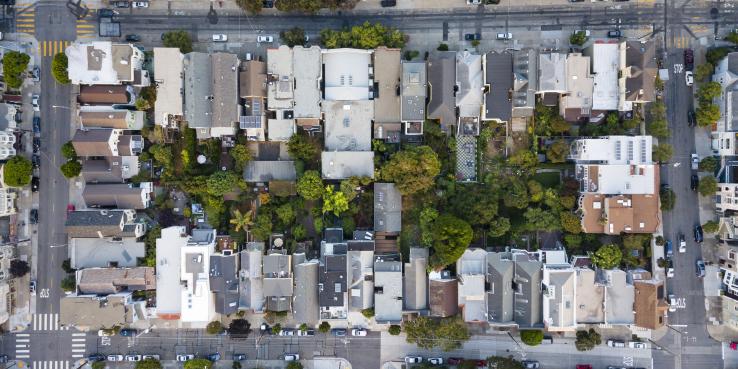
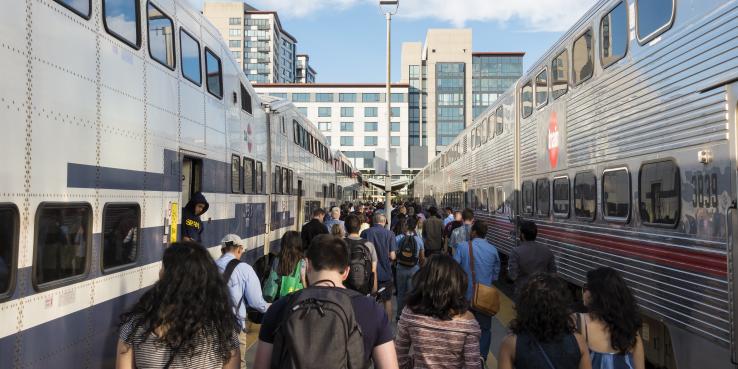


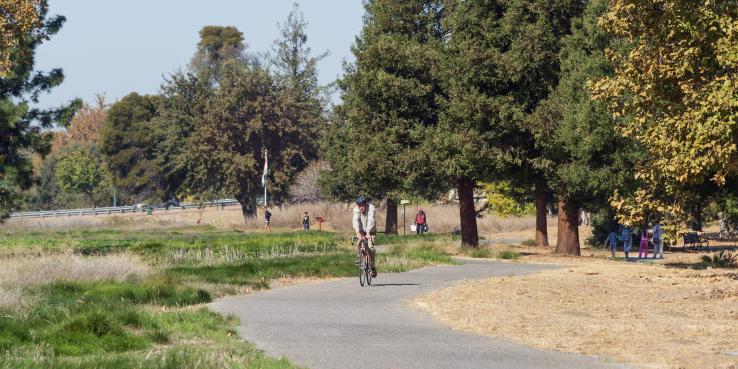
![Absence of adequate shear walls on the garage level exacerbated damage to this structure at the corner of Beach and Divisadero Streets, Marina District. [J.K. Nakata, U.S. Geological Survey]](/sites/default/files/styles/landscape_news_image_teaser_1x_tiny_/public/2022-12/007sr.jpg?h=853acb52&itok=HwywOHJ2)



